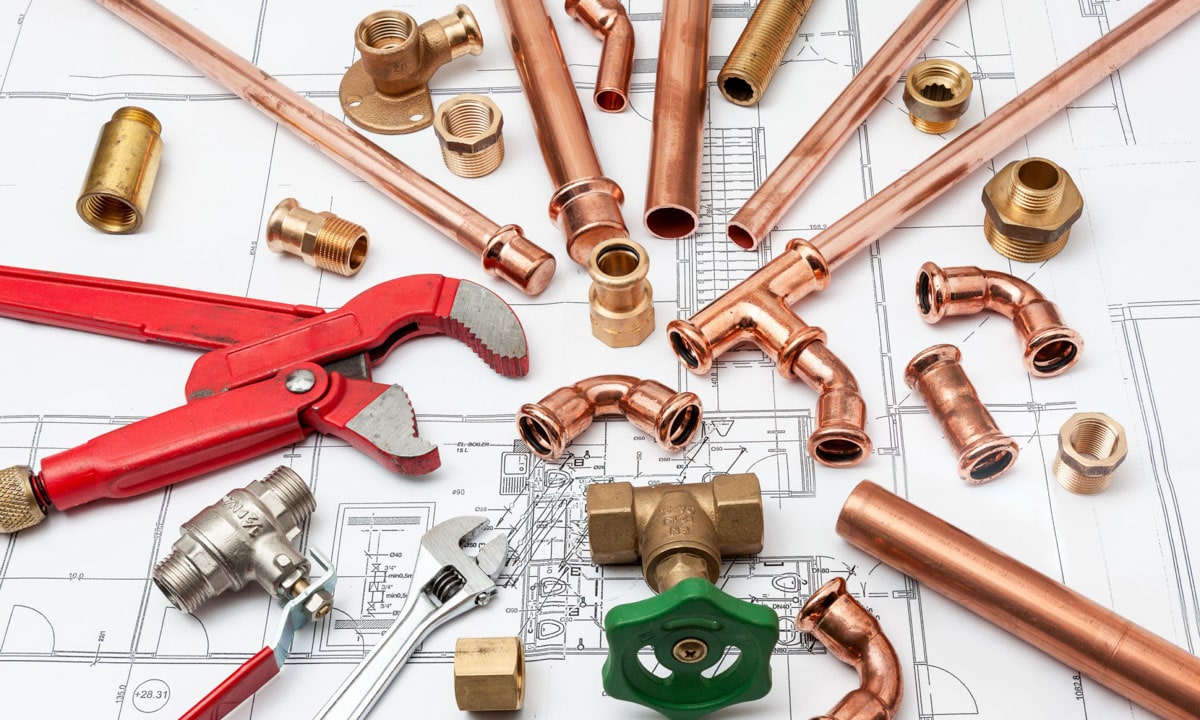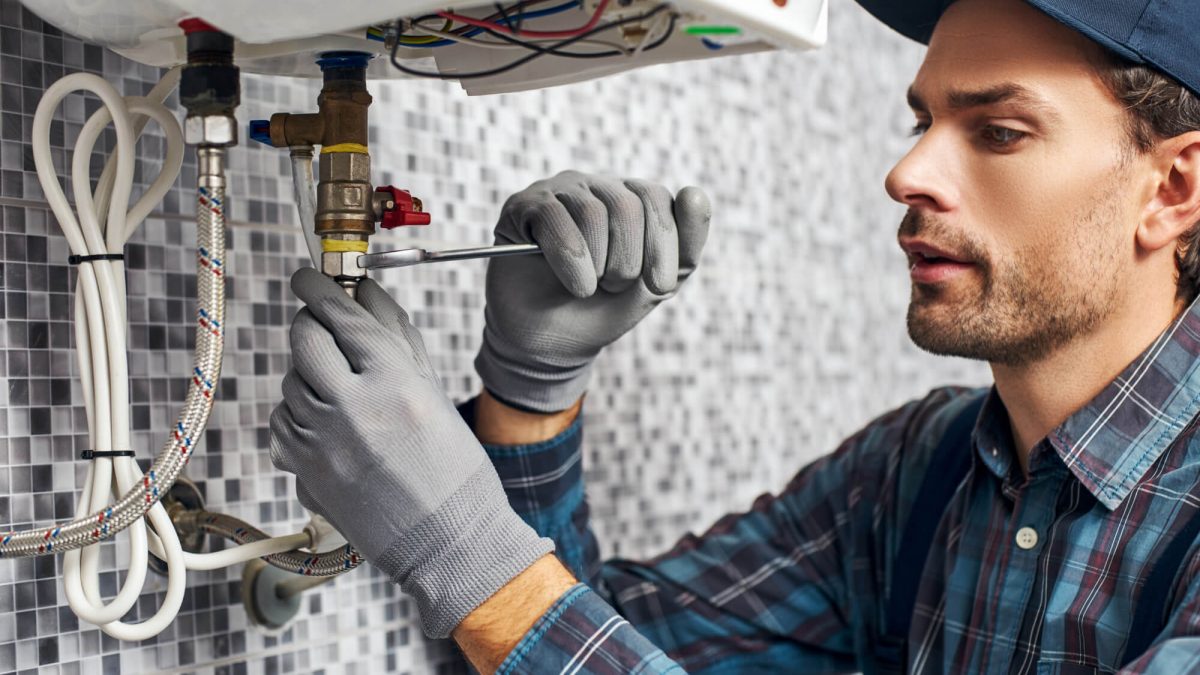Discovering The Future of Plumbing: Developments and Advancements
Click HereRight here on the next paragraphs you can locate a bunch of awesome points in regards to Innovative Plumbing Trends Transforming Construction.

Intro
The plumbing industry is undertaking a transformative stage driven by technological improvements and growing worries for sustainability and effectiveness. This post discovers emerging patterns and technologies forming the future of plumbing.
Smart Plumbing Systems
Integrating smart modern technology into plumbing systems allows remote monitoring, leak discovery, and automated maintenance. Smart sensing units and IoT (Web of Points) tools allow property owners and plumbing technicians to keep track of water usage and detect problems in real-time, bring about a lot more reliable source monitoring and proactive maintenance.
Water Efficiency Solutions
With increasing emphasis on water conservation, cutting-edge solutions are being created to minimize water waste in plumbing systems. High-efficiency fixtures, greywater recycling systems, and clever watering controllers are amongst the innovations aiding consumers reduce their water impact while preserving comfort and comfort.
Sustainable Products
The change towards sustainability includes plumbing materials, with a growing choice for eco-friendly options. Naturally degradable piping materials, such as PEX (cross-linked polyethylene) and HDPE (high-density polyethylene), deal longevity and resistance to corrosion without jeopardizing ecological honesty.
Anticipating Upkeep
Anticipating upkeep methods leverage data analytics and artificial intelligence formulas to prepare for and stop pipes concerns prior to they take place. By evaluating historical information and efficiency metrics, predictive upkeep formulas can determine patterns and abnormalities, allowing positive treatments to prevent costly repairs and disruptions.
Increased Truth in Pipes
Increased Reality (AR) modern technology is transforming pipes by giving technicians with real-time aesthetic support for fixing and repair service tasks. AR-enabled wise glasses or mobile applications overlay digital information onto the physical environment, assisting plumbing professionals imagine pipeline formats, recognize covert leakages, and implement repairs with accuracy.
Impact of 3D Printing
The arrival of 3D printing has actually introduced new opportunities in manufacturing plumbing elements. From custom-made components to elaborate pipeline installations, 3D printing allows for fast prototyping and on-demand production, lowering preparations and making it possible for greater personalization in plumbing design.
Health and Safety Characteristics
In reaction to enhanced worries for health and safety, pipes fixtures are integrating features such as antimicrobial surfaces, touchless procedure, and self-cleaning devices. These technologies not just improve health however additionally advertise customer convenience and benefit.
Hygiene-focused Components
Touchless faucets, self-sanitizing bathrooms, and antimicrobial surfaces are becoming increasingly widespread in residential and business settings, decreasing the danger of bacterium transmission and advertising a cleaner, much healthier environment.
Water Top Quality Tracking
Improvements in water quality monitoring technologies make it possible for home owners to monitor the purity and security of their supply of water in real-time. Smart water top quality sensing units can find impurities, pH degrees, and temperature level variants, equipping individuals to take positive steps to ensure water safety.
Remote Plumbing Solutions
Remote diagnostics and online support are reinventing the way pipes services are supplied. With video clip conferencing and remote access technologies, plumbing technicians can troubleshoot problems, provide support for DIY fixings, and also execute remote assessments, offering higher accessibility and benefit to property owners.
Difficulties and Opportunities
While plumbing developments hold enormous pledge, they also present difficulties such as information privacy concerns, regulatory conformity, and the demand for labor force training. Addressing these obstacles calls for cooperation between industry stakeholders and governing bodies to make sure safe and accountable execution of brand-new technologies.
Governing Landscape
Governing structures play a crucial role fit the fostering of pipes technologies, with standards and codes regulating whatever from water effectiveness to product safety and security. As technologies remain to develop, governing bodies need to adapt to make certain customer security and environmental stewardship.
Future Outlook
The future of pipes is identified by continued innovation and integration with various other industries such as IoT, renewable energy, and building automation. By welcoming sustainable practices, leveraging emerging modern technologies, and prioritizing user-centric design, the plumbing industry is poised to resolve the evolving needs of society while decreasing its environmental footprint.
Conclusion
Finally, the future of pipes is specified by a merging of modern technology, sustainability, and user-centric design. By accepting clever solutions, sustainable materials, and positive upkeep techniques, the pipes industry can boost efficiency, advertise safety and security, and add to a much more sustainable future.
Plumbing Industry Trends You Need To Know
Smart technology in plumbing
Homeowners want to be able to manage their homes from their phones. The technology exists to make that happen. From smart toilets to leak detector devices, the whole plumbing system can be managed on an interconnected network made up of sensors, IoT devices, and machine learning algorithms.
This allows for wireless control to turn appliances on and off, automate routines, and access advanced monitoring to track water usage and flag potential issues. Smart technology streamlines water consumption, maintenance and energy usage, creating a more efficient system.
Green plumbing
The data analysis possible with smart technology not only improves convenience and cost-effectiveness but also fulfills a high-priority customer desire – sustainability. Consumers are very aware of their impact on the planet and want plumbing solutions to reduce damage and support sustainability. Eco-friendly plumbing solutions are already starting to emerge.
Customers can opt for low-flow toilets, water-saving faucets, and connections to sustainable energy sources. Beyond monitoring water consumption, customers can conserve water through the installation of greywater systems. This is a system that collects water that has been used but is still clean enough for some household uses such as toilet flushing.
Shorter product pipeline
To keep up with modern plumbing, plumbers need modern tools that enable them to complete jobs more efficiently. One technology making strides in this area is 3D printing. By 3D printing key plumbing fixtures, plumbers can reduce wait times even for specialized fixtures. It minimizes delays often seen in traditional manufacturing that frustrate customers and prevent plumbers from taking on more work.
Off-site repairs
Augmented reality is making a splash in many industries including plumbing. Plumbers can map a building online so they can explore the plumbing system through augmented reality, identifying areas of maintenance and repair completely digitally. This technology can be applied quite widely in plumbers’ work including planning installations and training new recruits. It’s safer, smarter and more efficient.
Low-footprint materials
Another way for plumbing companies to reduce their environmental footprint and meet the customer demand for sustainability is by using recycled materials in their work. The products they source and manufacture such as pipes, fixtures and faucets can be made from recycled materials. This saves the planet while being just as effective.
Onsite water purification
Additionally, plumbing companies can be advocates of water conservation and ease the financial and environmental concerns of customers by offering water purification systems. New water purification technology such as reverse osmosis systems and UV systems make it possible for homeowners and business owners to thoroughly cleanse water, removing contaminants onsite. This means the water can be safely reused in more ways than greywater can be, establishing a water recycling loop.
Tankless water heaters
Another innovation of modern plumbing is tankless water heaters. The idea is that the water is heated on demand as it runs through the system instead of being heated in a water tank. This is more energy efficient and therefore cost-effective and eco-friendly because water isn’t heated needlessly.

I hope you liked our post on 7 Plumbing Industry Trends You Need To Know. Many thanks for taking a few minutes to browse our short article. Are you aware of someone else who is fascinated by the niche? Be sure share it. We appreciate your readership.
Get Started